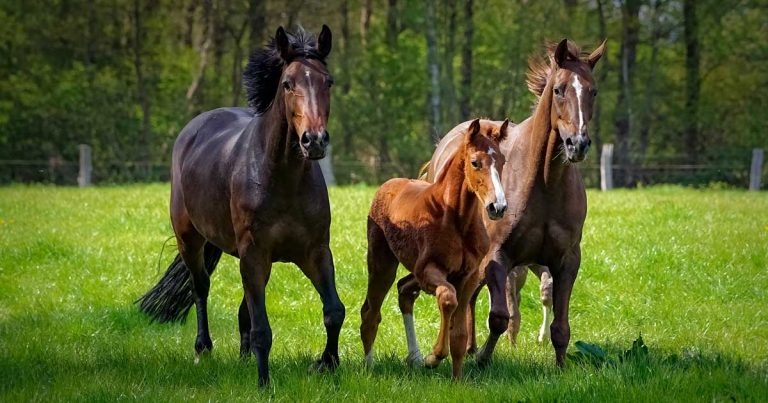19 Feb 2025
Researchers speak of “an urgent need” to investigate factors behind the trend and develop appropriate strategies to reduce the threat of anthelmintic resistance.

Image: © Countrypixel / Adobe Stock
A new study has warned of “a potential crisis in equine health” linked to a rising trend of faecal worm egg counts (FWECs) over a 16-year period.
Researchers said there is “an urgent need” to both investigate the factors behind the trend and develop appropriate strategies to reduce the threat of anthelmintic resistance (AR).
The plea follows analysis led by the University of Cambridge’s Equine Infectious Disease Surveillance (EIDS) group, which has been published in the Equine Veterinary Journal.
The paper examined test results from 36 UK laboratories submitted to the Equine Quarterly Disease Surveillance Report (EQDSR) between 2007 and 2023.
Among them, 18 went on to provide further details to the researchers by completing a survey of their testing methods.
Although significant variations were observed in protocols – an issue that the authors argued “requires standardisation” – annual increases in the proportion of positive results were found to have grown from 6.9% in 2010-11 to 18.9% in 2022-23.
The study, on which EIDS collaborated with the University of Liverpool, Animal Health Vision International and jDATA, acknowledged the possibility that warmer and wetter weather conditions may improve larvae survival and accelerate their development.
But it also warned that AR was likely to have “a significant role”, and selective treatments focusing on horses shedding more eggs could be leading to higher shedding rates among untreated animals.
The paper concluded: “While improved testing practices may contribute to more positive identifications, such findings suggest a potential crisis in equine health, as increased egg shedding could signal rising parasite burdens and heighten concerns over AR.
“These data highlight an urgent need for comprehensive investigations into the underlying factors driving these trends.
“Immediate action is essential to develop effective strategies for managing parasite burdens and addressing the threat of AR in the equine population.”
The researchers described the continuation of a coordinated, industry-wide effort to tackle the problem as “essential” and praised guidelines issued by both BEVA and CANTER as key resources for vets and other professionals who prescribe equine anthelmintics.
Lead author Fleur Whitlock said the study highlighted the “remarkable achievements of two decades of sustained surveillance efforts” through the EQDSR programme.
But they also pledged to consider ways of improving and standardising data collection to address existing limitations in data collection.
Identified areas of concern include a lack of data on exact egg counts per gram, where the paper suggested a specific threshold should be set for reporting a positive result, plus the recording of background information about the age and treatment history of tested horses.
Mrs Whitlock said: “It emphasises the critical importance of advancing the monitoring and interpretation of surveillance data to better address industry challenges, such as the growing concerns around anthelmintic resistance.”